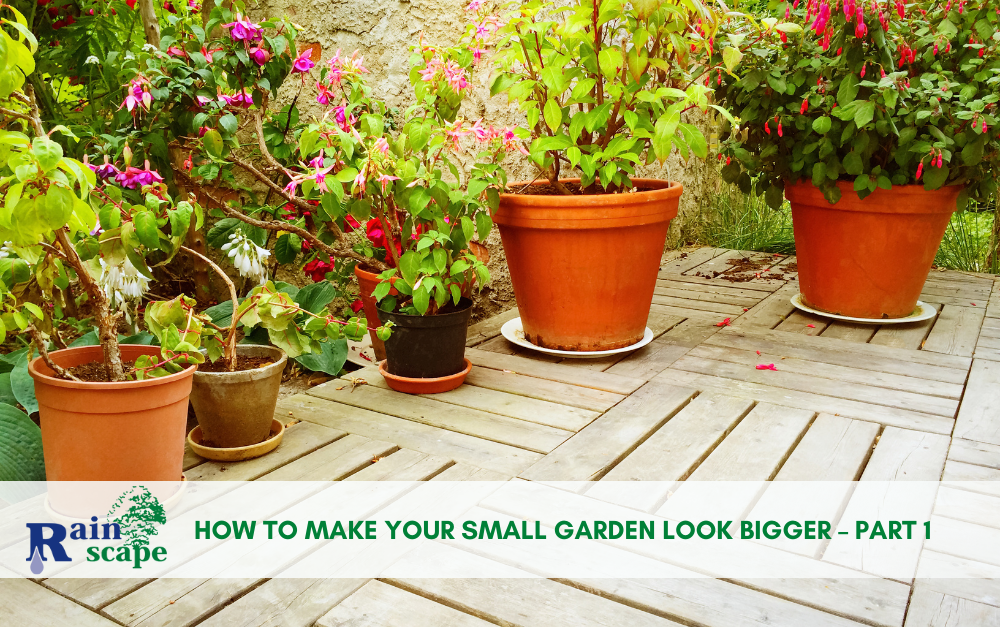Do you struggle from small garden syndrome? Not all of us have giant landscapes to fill, so how do we maximize the space we have? Our small garden does not need to look or feel small. Today’s ever-shrinking gardens can leave us wanting. We can utilize a few design tricks to help us make the most out of the garden plots we are given. Where do we begin?
Choose the right plants for the space
Small spaces aren’t a new problem. As more and more people must work with patio pots, courtyards, and urban backyards it’s been the focus of plant breeders for decades to create compact plant materials for the tiniest of gardens. When choosing plants for your space look for compact or dwarf varieties of your favorite shrubs. A great example of a compact shrub is the Baby Kim Lilac. This hybrid plant gloriously features all the things we love about lilacs, but in a compact 3-by- 3-foot mount. You can also choose shrubs and trees as focal points or backdrops. Space-saving living walls and backdrops can be created using plants such as the Skyrocket Juniper or the Slender Silhouette sweet gum which makes a beautiful backdrop with vibrant colors.
Create a plan for the space
Take the time to create a plan and define your goals. Create a vision of what you want the space to do for you. Once you have a plan you can organize and curate the space with plant materials that suit your needs. Try and think outside of the literal box when designing your space and think beyond the ground and how you can add visual interest to all available surfaces. You can do this by adding growing vines on fences or walls, or simply including window boxes. Your design process will allow you to play with layers of colors and textures that can be packed into even the tiniest of spaces.
Create visual depth in the space
This colors and textures that you’ve added to the space will help you to create the illusion of depth in the garden. You can play with plant colors and textures to interact with the human eye. Warm colors such as red, orange, and yellow will make objects look larger and closer. Cool colors such as green, blue and purple make objects look farther and smaller. Use this system to place warm foliage and flowers in the middle and front to make the viewer feel closer to the plants. When working with the plant textures you can have the same affect. Medium textured foliage should rule the garden. You can accent these plants with finer, coarser textured plants to create depth and interest. Coarse-textured plants are like warm colors and are bold and visually dominant. They should be front and center but used sparingly. Fine-textured plants are like cool colors and should be used toward the back.
In the next article we will discuss how to use these tips above to maximize your gardening space with style.

